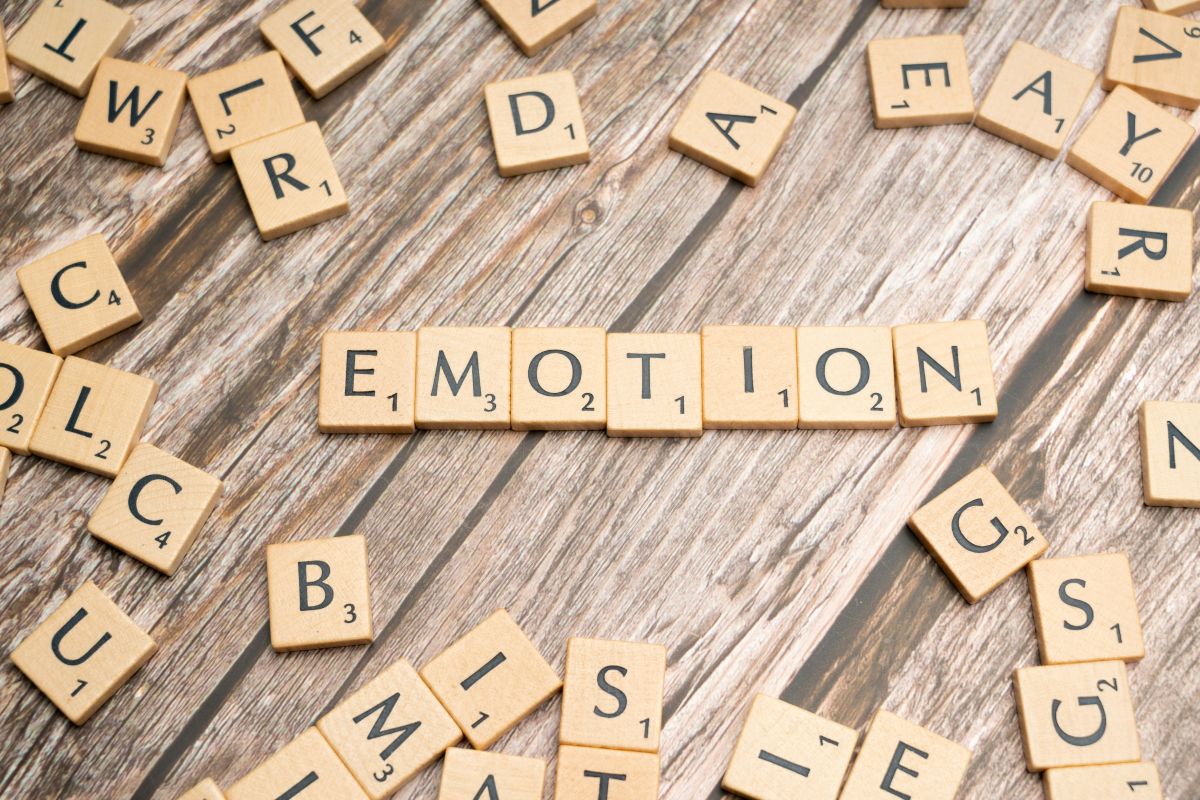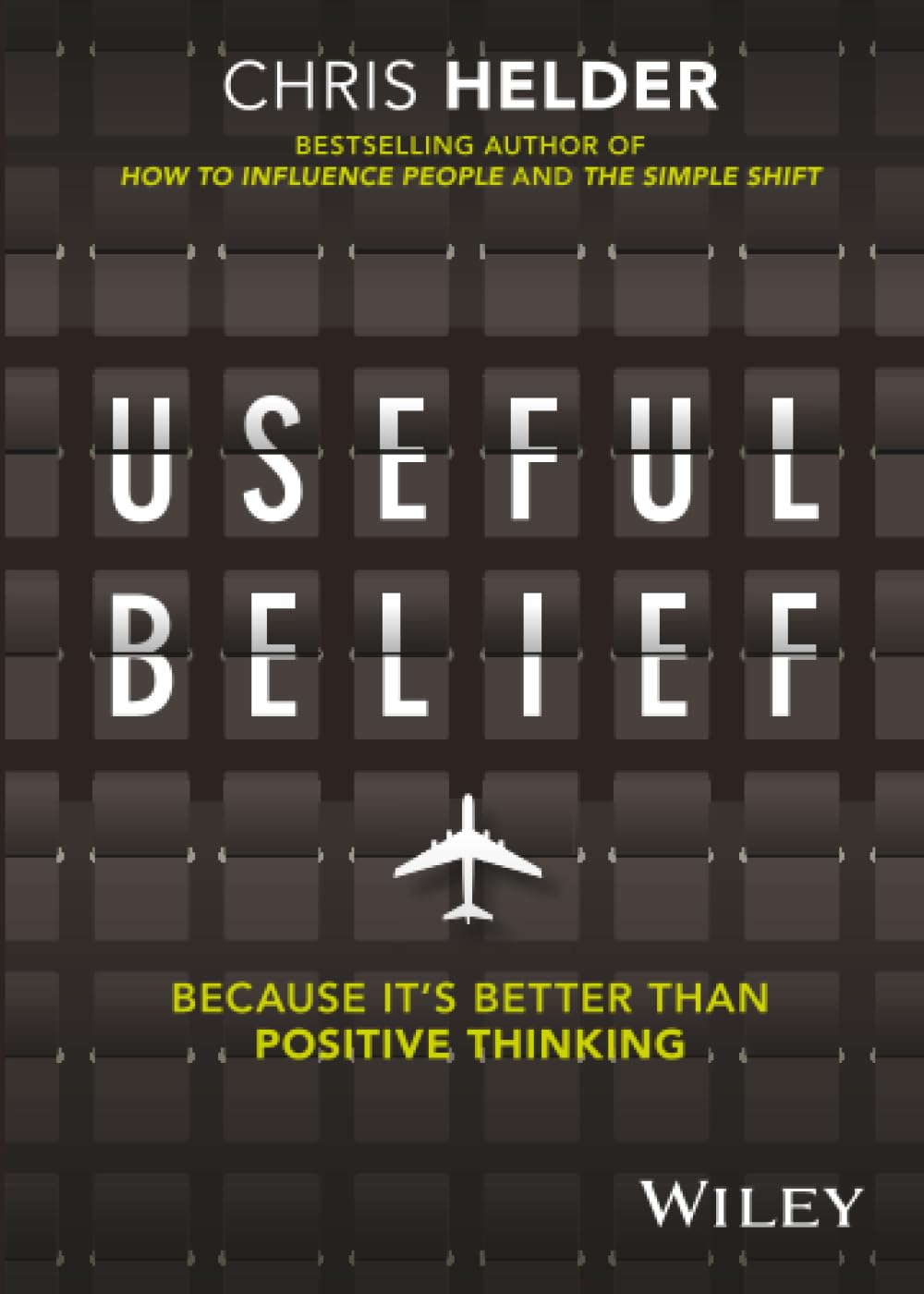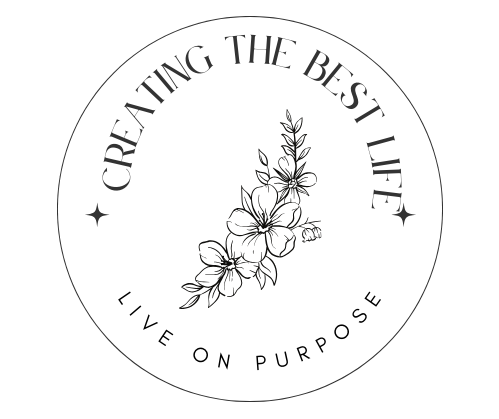
Feeling Overwhelmed? Start by Naming Your Emotions
Have you ever felt like you’re spinning out, stuck in a whirlwind of stress, sadness, or frustration, but can’t quite put your finger on why? You’re not alone. When life piles on the pressure—like getting laid off, dealing with health issues, or facing financial uncertainty—it’s easy to feel overwhelmed. But here’s a powerful truth: naming what you’re feeling can be the first step to reclaiming your peace and power.
It might sound too simple to be effective, but neuroscience backs it up. When you name your emotions, you calm the part of your brain responsible for fear and distress (your “feeling” brain) and activate your prefrontal cortex—your “thinking” brain. This shift gives you the ability to step back, reflect, and respond instead of reacting.
In this post, I’ll walk you through why naming and writing down your emotions is so powerful, how it’s helped me personally, and how tools like The 3 Minute Positivity Workbook and insights from Useful Belief by Chris Helder have helped me begin to reframe tough circumstances.

Why Naming Your Emotions Matters
Let’s start with the science. When you’re triggered by a stressful situation, your amygdala—the emotional center of your brain—activates your fight, flight, or freeze response. This part of your brain is not rational; it’s reactive. That’s why you might feel panicked, numb, or even irritable without really understanding why.
But research shows that simply identifying and naming your emotion—like saying “I feel anxious” or “I feel overwhelmed”—reduces activity in the amygdala and activates the prefrontal cortex, the part of your brain involved in reasoning, decision-making, and self-regulation.
Think of it like switching from a blurry, chaotic lens to a clearer one. You’re still seeing the situation, but now you have the tools to do something about it.

Writing Down Your Emotions Creates Clarity
Once you’ve named your emotions, the next step is writing them down. Don’t skip this! Writing creates space between you and the emotion. You are no longer in the emotion—you are observing it.
Here’s how journaling your negative emotions helps:
- It validates your experience. You stop suppressing or denying what you feel.
- It creates a record. You can go back and identify patterns or triggers.
- It leads to insight. Once the emotion is on paper, it becomes easier to ask: “Why am I feeling this way?” and “What can I do about it?”
This is the foundation of real growth—not just feeling better but understanding why you feel what you feel and how you can respond.
My Personal Journey: Navigating Setbacks and Emotions
I want to tell you about my personal journey. My family has been experiencing a tough period. I was laid off from my job in January, a huge blow to my stability and momentum. Not long after, my husband had serious medical setbacks. His condition created physical limitations and led to unexpected medical bills, which added to our financial strain. Two months later, we’re still working on getting his short-term disability straightened out. On top of that, other opportunities I had been hopeful about have been moving much slower than I expected.
At times, I feel like I’m drowning in frustration and disappointment… but The Universe always finds a way to provide me helpful tools right when I need them the most.
Last week, we went to our local Five and Below for the first time and I found a tool that is helping so much, The 3 Minute Positivity Workbook by Chartwell Books. If you don’t have a Five and Below near you, I found the same book on Amazon. This workbook offers prompts that help you identify what you’re feeling, where it’s coming from, and how to shift your perspective—even just a little bit.
Each day, I take a few minutes to reflect on the negative emotions I’ve been feeling. I write things like:
- “I’m really scared about getting into debt again.”
- “I feel anxious about being able to get my husband healthy again.”
- “A useful step I can take is… recommitting to a productive morning routine.”
It’s not magic. But it helps. It grounds me. It helps so much to disassociate myself from the feelings and start to concentrate on taking care of the things I can control.

Reframing with “Useful Belief” by Chris Helder
I was also recently referred to the book Useful Belief by Chris Helder. It shifted something huge for me. The premise is simple, but it hit me like a ton of bricks:
“It doesn’t have to be true. It just has to be useful.”
Chris Helder explains that the most effective mindset isn’t always “positive thinking”—it’s useful belief. This means choosing beliefs that help you move forward, even if they aren’t perfect or totally positive. I’ve focused so much the past few years on always being positive but I’m learning how important it is to consider what useful activities I can complete to make positive changes.
For example, instead of thinking, “This layoff ruined everything,” I reframed it to, “This layoff gives me a chance to reevaluate what I really want to do.” Is that thought 100% true? Maybe not. But it’s useful. It motivates me to take action. It keeps me from spiraling.
Here are some reframes I’ve been working on:
| Old Thought | Useful Reframe |
| “Everything is falling apart.” | “This is a rebuilding season. I’m learning resilience.” |
| “I’ll never catch up on bills.” | “We’re finding creative ways to make it work, one day at a time.” |
| “I’m not strong enough.” | “I’ve gotten through hard things before, and I’ll do it again.” |
Useful Belief doesn’t ask you to lie to yourself. It invites you to choose thoughts that serve your growth instead of your fear.

Steps to Work Through Your Negative Emotions
Here’s a step-by-step process you can use to name, explore, and transform your negative emotions into useful action:
1. Pause and Notice
When something triggers a strong emotional reaction, stop and acknowledge it. Ask yourself:
- “What am I feeling right now?”
- “Can I name it specifically?” (e.g., frustration, shame, guilt, grief)
2. Write It Down
Use a notebook, journal, or a workbook like The 3 Minute Positivity Workbook to:
- Write the emotion.
- Identify what triggered it.
- Explore how it’s impacting your thoughts and actions.
3. Ask “Is This Belief Useful?”
Channel Chris Helder’s insight. Ask:
- “Is the belief I’m holding helping or hurting me?”
- “What would a more useful belief look like in this situation?”
4. Choose One Small Action
Every emotion is a message. If you listen, it can guide you. Once you’ve written and reframed:
- Choose a tiny step forward. (Send one email. Drink water. Exercise. Rest.)
- Celebrate doing something, not everything.
5. Reflect and Repeat
Emotional processing isn’t a one-time task. Make it a daily or weekly rhythm. Over time, you’ll build self-awareness, self-trust, and emotional resilience.

Final Thoughts: You’re Not Alone—and You’re Not Powerless
Hard seasons happen. Life throws curveballs. But the way you respond makes all the difference. Naming your negative emotions is not weakness—it’s wisdom. It’s the first step to calming your nervous system and activating your inner problem solver.
From my own experience—juggling layoffs, medical bills, and slow-moving dreams—I’ve learned that clarity doesn’t come from control, it comes from awareness. And awareness begins with naming what’s real.
Writing, reframing, and believing something useful (not necessarily perfect) can give you just enough strength to take the next step.
And sometimes, the next step is all you need.
Want Help Getting Started?
Here are a few resources I recommend:
- ✅ The 3 Minute Positivity Workbook – great for busy people who need a gentle structure.
- ✅ Useful Belief by Chris Helder – a fast, practical read that will shift your mindset.
- ✅ A simple journal – even a dollar store notebook will work wonders.
Don’t underestimate the power of a pen and your own self-awareness. Start where you are. Write what’s real. And move one step forward.
Let’s Reflect Together
Have you tried naming your emotions or writing them down? What’s helped you work through tough times? Share your thoughts in the comments or connect with me—I’d love to hear your story.
